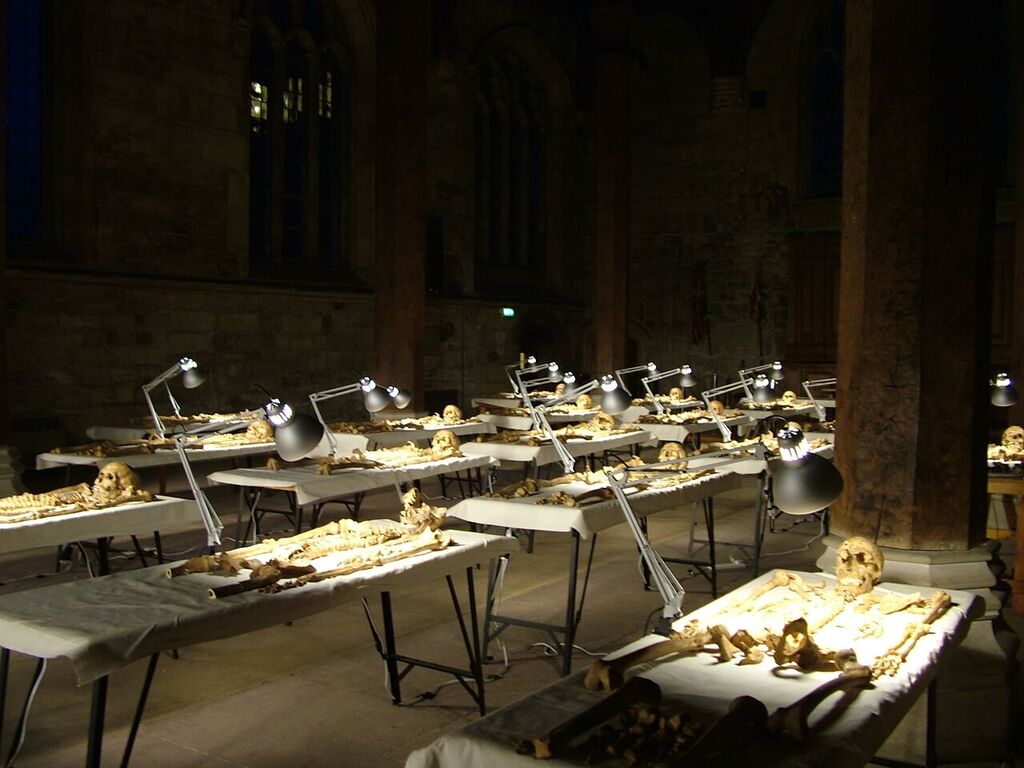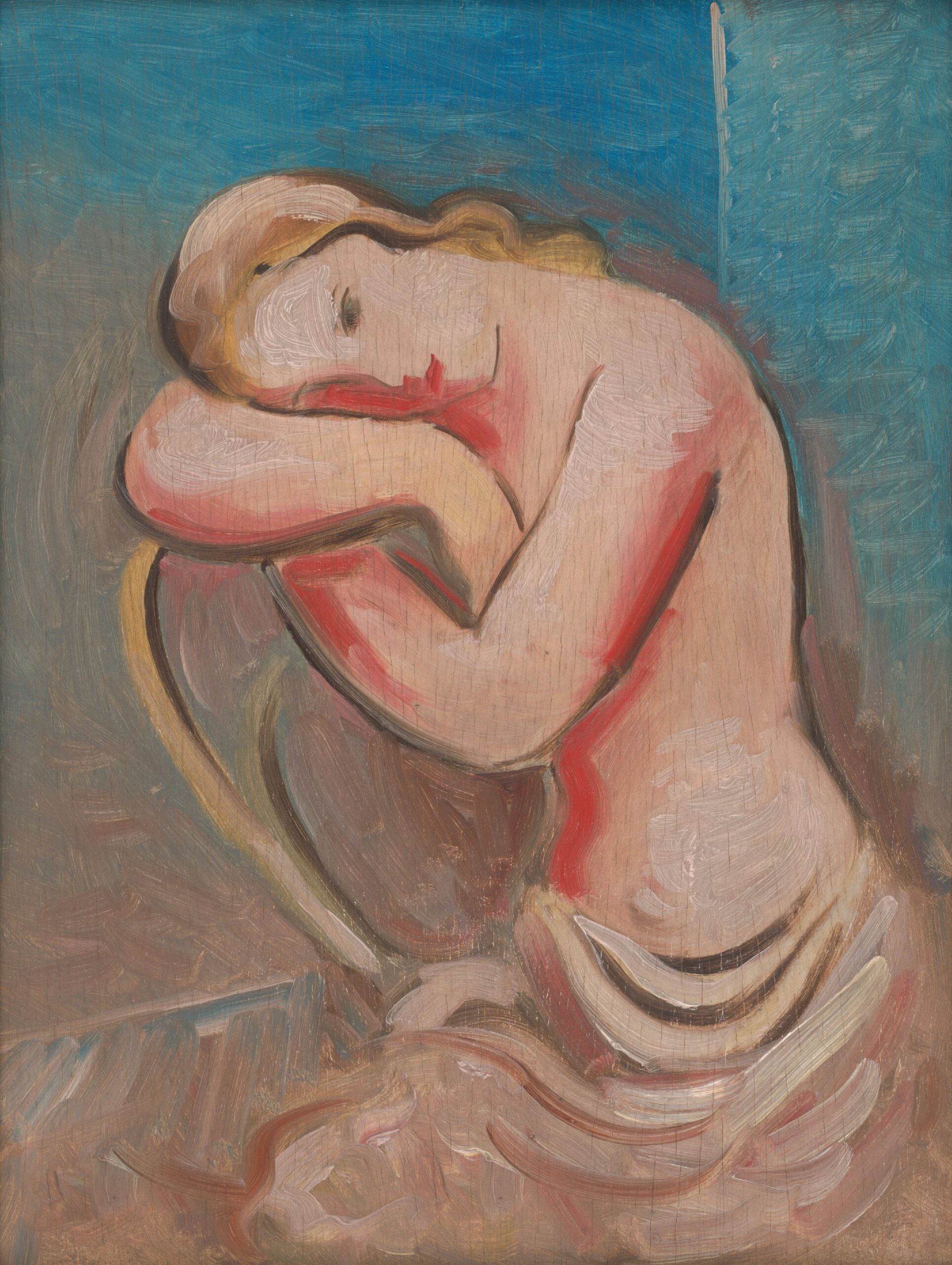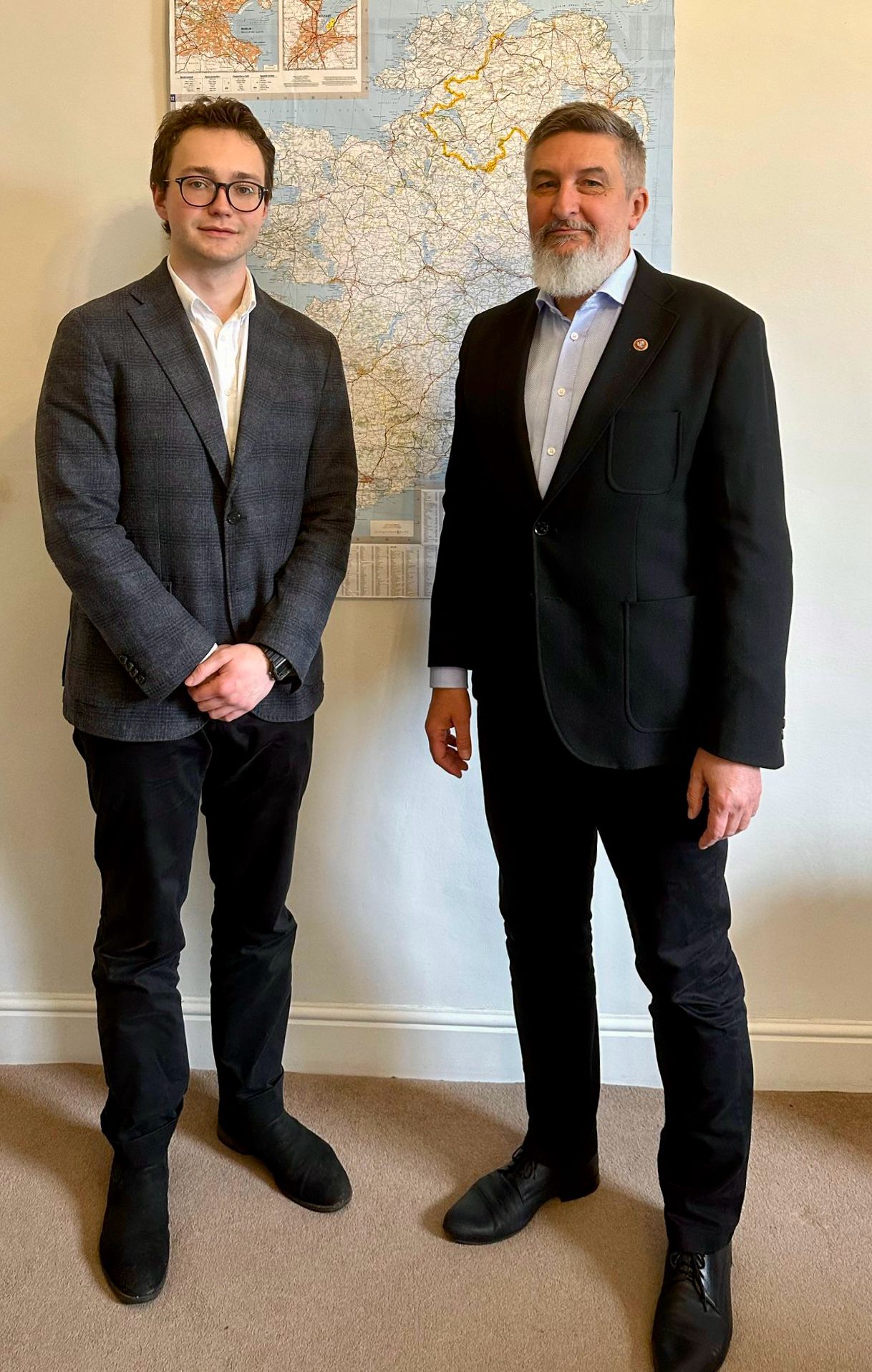A team of scientists, led by Trinity Prof Dan Bradley, have conducted genome analyses on seven decapitated individuals from Roman Britain, the origins of which have been challenging archaeologists for over a decade.
The bodies, which are taken from a group of over 80 individuals found together a decade ago in York, England, have uncovered information about the origins and conditions of the individuals, as well as helping to paint a picture of the genetic makeup of modern-day Britons.
In a press release, Prof Bradley stated: “Whichever the identity of the enigmatic headless Romans from York, our sample of the genomes of seven of them, when combined with isotopic evidence, indicate six to be of British origin and one to have origins in the Middle East. It confirms the cosmopolitan character of the Roman Empire even at its most northerly extent.”
Today, the nearest descendants of the Roman British men are found in the populations of Wales rather than in Yorkshire, where the bodies were found. While the Roman-era men had a similar genetic profile to an Iron Age women found close-by, they differed significantly from a man found buried in a later Anglo-Saxon cemetery in eastern England. Indeed, the Anglo-Saxon man was found to have more in common with modern East Anglia and Dutch individuals than he did with those from the Roman-era.
This shows that while Roman Britons had a close genetic link to their Iron Age predecessors, subsequent waves of migration in the Anglo-Saxon period has significantly altered modern-day inhabitants of the area. The Welsh connection suggests that earlier inhabitants of Britain may have been pushed westwards by invaders.
Emphasising the importance of this research, Prof Matthew Collins of the Department of Archaelogy at York, said: “These genomes give the first snapshot of British genomes in the early centuries AD, showing continuity with the earlier Iron Age and evidence of migrations in the Anglo-Saxon period.”
The research by the Trinity scientists have also revealed that one of the seven men profiled has been found to have Middle Eastern origins, probably coming from modern day Palestine, Jordan or Syria, before migrating and meeting his death in York.
The genome sequencing also allows a vivid picture to be created of the men’s appearance. All but one would have had brown eyes with dark hair, while one had blue eyes and blond hair, which is similar to the remains of the Anglo-Saxon individual found nearby. The men are believed to be gladiators, although they could also have been soldiers or criminals. They were taller than average for Roman Britons and fit the height requirement for the Roman army.
The 80 bodies had been found with the skulls placed on top of various different parts of the bodies Some were positioned on the chest, others on the legs and others by the feet.The men were all found to have died under the age of forty-five and previous examination had revealed that they had suffered childhood deprivation and injuries consistent with battle trauma.
Christine McDonnell, Head of Curatorial and Archive Services for York Archaeological Trust, explained in a press release how much knowledge had been gained from the Trinity-led research: “Archaeology and osteoarchaeology can tell us a certain amount about the skeletons, but this new genomic and isotopic research can not only tell us about the body we see, but about its origins, and that is a huge step forward in understanding populations, migration patterns and how people moved around the ancient world”.
Trinity has recently been making great progress in the field of genome sequencing. The work done by Rui Martiniano,Trinity PhD researcher, represents the first genome analysis of ancient Britons. In a press release Martiniano said: “This is the first refined genomic evidence for far-reaching ancient mobility and also the first snapshot of British genomes in the early centuries AD”. This indicates an element of continuity with an Iron Age sample before the migrations of the Anglo-Saxon period.







